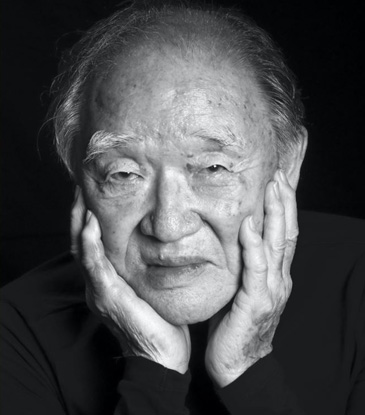Junji Sarashina
Junji Sarashina was born in 1929 in Lahaina, Hawai'i, the son of a minister of a Buddhist Temple Nishihongan-ji and a teacher of Japanese-style flower arrangement, music, sewing, and cooking. The youngest of five children, Sarashina grew up surrounded by temple members (mostly plantation workers) and their families who enjoyed community picnics and samurai films. When his mother took her children to her hometown of Hiroshima in 1936, Sarashina struggled with Japanese at first. But soon, he got used to things Japanese thanks to the accommodations made by his mother, siblings, and schoolteachers. His older sisters baked Western style cakes and cookies and offered them to Sarashina's schoolmates, helping him to become better accepted. After the Pacific War began, Sarashina's family lost touch with his father who was still in Hawai'i. Later, he learned that his father had been taken by the FBI immediately after the Japanese attacked Pearl Harbor. He was sent to the US mainland, then to a number of different incarceration camps. Sarashina as a junior high school student was mobilized to work at an ammunition factory when the nuclear bomb struck Hiroshima. Although he was not injured, he was irradiated as he entered the city to return home. Sarashina suffered diarrhea and could not eat afterward. When he went back to Hawai'i in 1949, he attended high school again to relearn English. Soon, he found a job at a local radio station in Honolulu. During the Korean War, he volunteered to serve as a military intelligence officer. When he was sent to Korea, he was assigned to a unit led by a judo teacher he knew from Sawtelle, California. The teacher had been his older brother's schoolmate in Hiroshima, and so he took Sarashina under his wing throughout Sarashina's stay in Korea. Although Sarashina says that the American government could do more to support US hibakusha, he also says that he supports the medical checkups offered to American survivors by the Japanese government. In fact, he assisted the establishment of the checkup system in the early 1970s and continued to help the US hibakusha's organization called the American Society of Hiroshima-Nagasaki A-bomb Survivors. He takes pride in assisting many US survivors to obtain Japanese hibakusha techo (certificate of survivorhood) and to receive benefits.
Interviews

2:42:23 — 29 segments.
